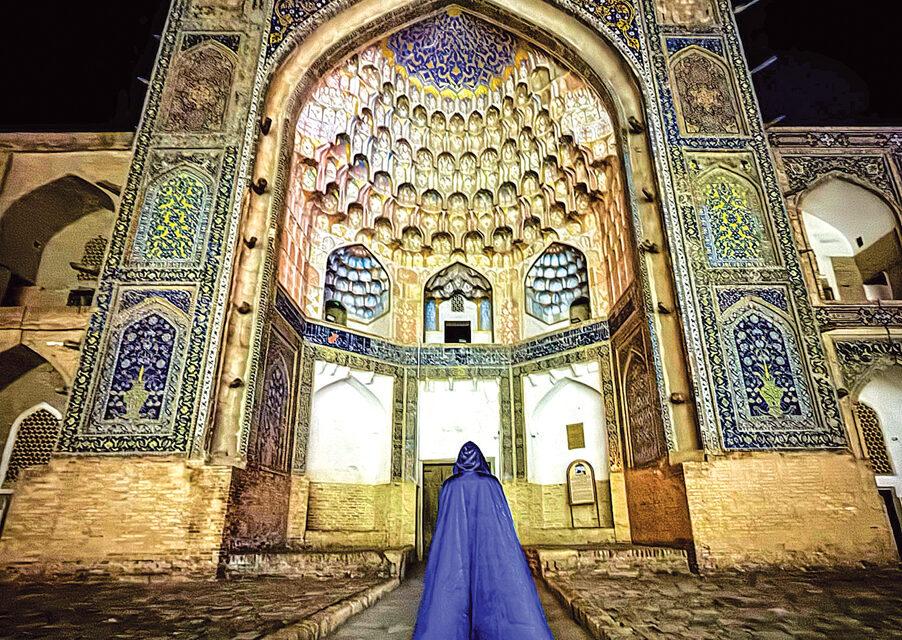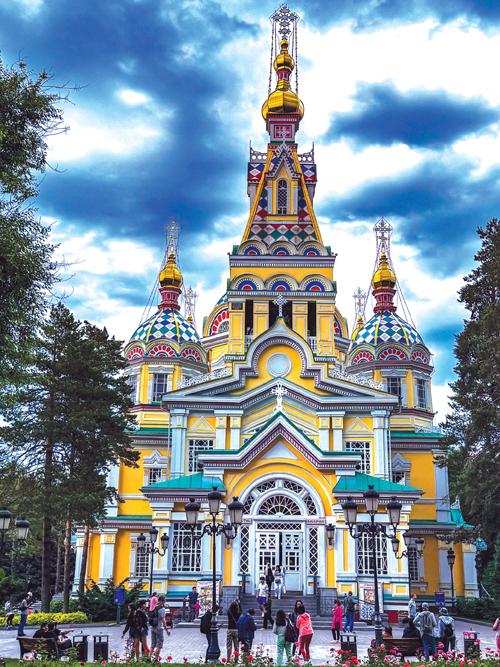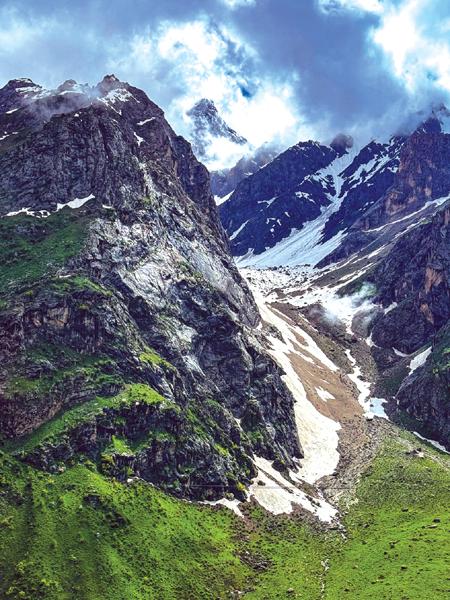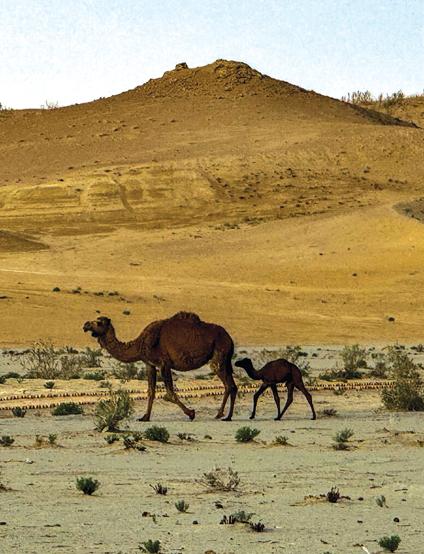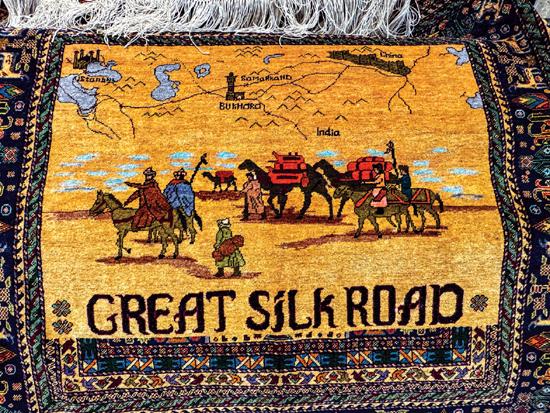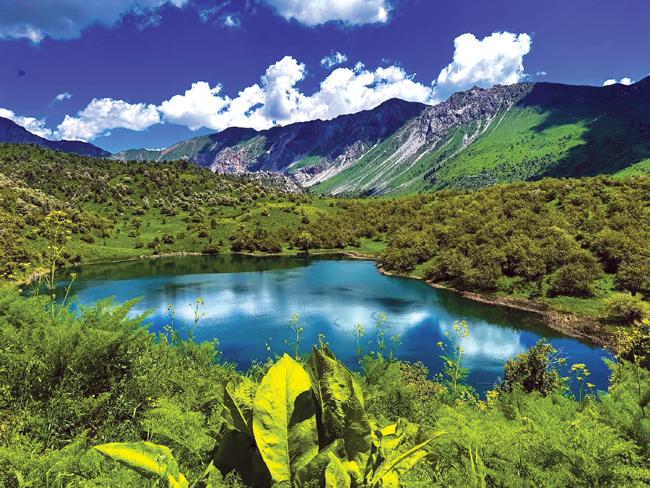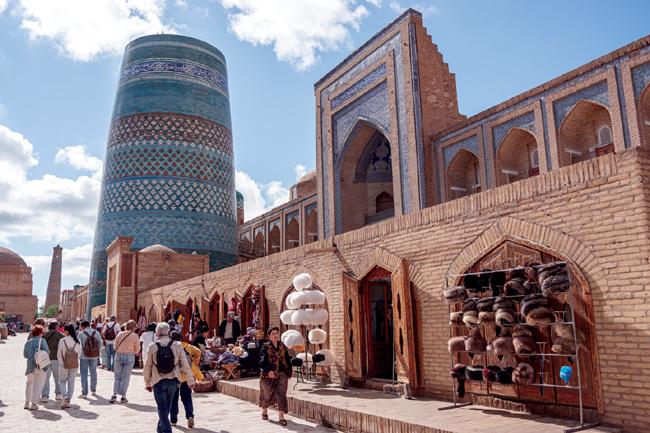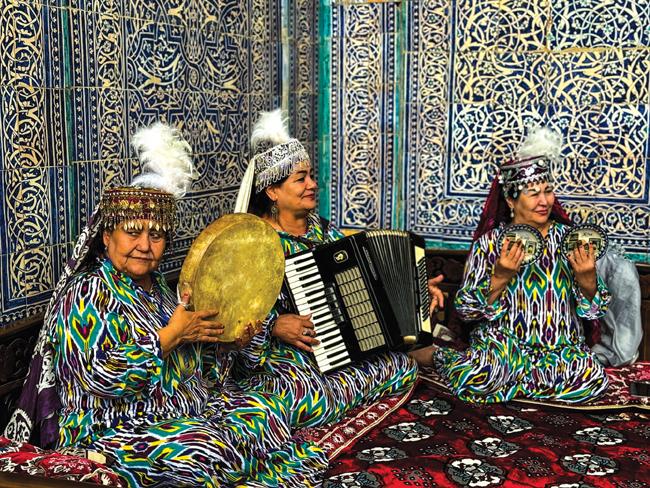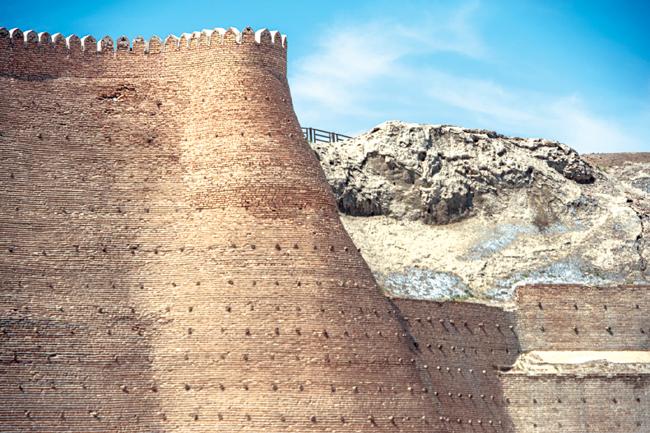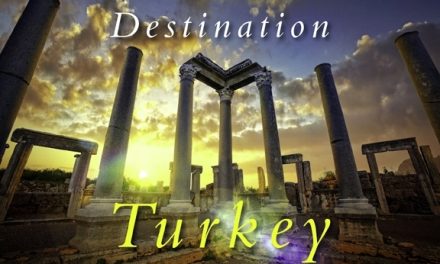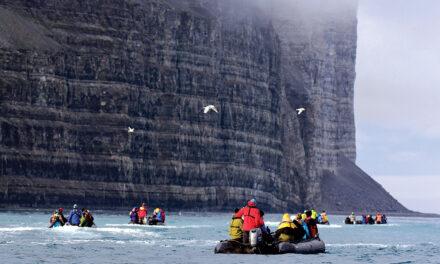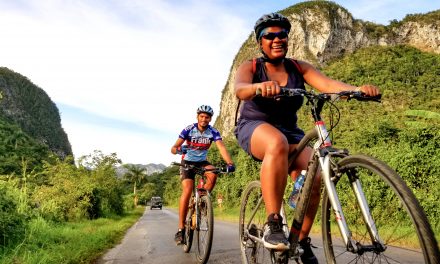Central Asia
A Visit to Remote Central Asia Traversing ‘The Five Stans’ with World Expeditions
Article and photography by Nicholas Kontis
The names of seven Central Asian nations end with the suffix “-stan.” It’s a Persian word meaning “land of the,” as in “land of the Afghans” (Afghanistan) and “land of the Paks” (Pakistan), two countries are well-known in today’s turbulent world. But the other five may be more fascinating to modern global explorers.
Turkmenistan, Uzbekistan, Tajikistan, Kyrgyzstan and Kazakhstan share a history that has followed them across the steppes from ancient to modern times, from Alexander the Great to Genghis Khan, from the fabled Silk Road through 73 years of Soviet control. The people of the countries that now identify collectively as The Five Stans declared their independence from the USSR in 1991.
While each has followed its own path into the 21st Century, a journey through the mysterious region today highlights similarities more than differences. I traveled overland for 23 days from isolated Ashgabat, Turkmenistan, to vibrant Almaty, Kazakhstan, with tour leaders World Expeditions.
Along this road less traveled, I discovered vast deserts stretching to lofty peaks where alpine lakes cradled fertile valleys. I found classic Islamic architecture in blue-domed mosques and museums, and remnants of the bygone Soviet era in myriad monuments and relics, apartment buildings and a clinging infrastructure.
Turkmenistan
Turkmenistan stands out as the most clandestine and unexplored. A guided tour with a formal letter of invitation from a government-approved travel agency is a must, adding an element of exclusivity to your journey. It may leave you feeling privileged, experiencing a destination that few have had the opportunity to explore. It may also leave you feeling dazed and confused. Ashgabat International Airport, built like a stylized falcon, charges USD 95 for a Turkmenistan visa and another USD 17 for a declaration of a negative COVID result, although no test is ever administered. (The government denies the pandemic ever pierced its borders.)
First stop is the “White City” of Ashgabat, the national capital. The Guinness Book of World Records documents the bizarre metropolis as having the most white marble buildings (nearly 600) of any city worldwide. Beautiful but seemingly abandoned, it’s like Las Vegas meets Pyongyang. Yet beyond the flashy facade, the Turkmen people are warm and hospitable. In bazaars and malls, locals are always curious to discover where you come from and make you feel welcome. They can also be direct in their requests for privacy, frequently insisting on “no photos.”
Leaving Ashgabat, Turkmenistan’s highlights include the UNESCO Heritage site of Merv, the oldest of the ancient Silk Road oasis cities. A half-million people may have lived here in the 12th century, making it one of the world’s largest cities and a spiritual pilgrimage site.
In a nation with one mind-boggling sight after another, Turkmenistan’s highlight may be a fiery crater in the Karakum Desert village of Darvaza. Known as “The Gates of Hell,” it has been burning since 1971, when Soviet mishap punctured a natural gas cavern.
Uzbekistan
The most show-stopping nation among the Five Stans is Uzbekistan, a cultural crossroads with a spellbinding arsenal of blue-domed mosques, masterful mausoleums, minarets and madrasas (institutes of learning). In mesmerizing Khiva, Bukhara and Samarkand, architectural marvels dominate the landscape. The government’s heavy investment in preserving these fairy-tale cities is a testament to the country’s potential for expanded tourism. Textile, pottery and carpet shops make for a shopper’s paradise.
In the ancient desert oasis of Khiva, in western Uzbekistan, the walled fortress of Itchan Kala is an open-air museum. Displaying more than 51 magnificent fortresses and palaces from past civilizations, Khiva features many of the most memorable attractions of the iconic Silk Road.
Our tour party spent two nights in the citadel of Bukhara, whose historic center on the Silk Road, has remained mostly intact. Among its architectural highlights are the Ark Fortress, Po-i-Kalyan and the Samanid Mausoleum, as well as numerous other sites representing early Islamic design.
No name is as evocative of ancient history as Samarkand, the jewel of the Silk Road. Registan Square awes visitors with its three madrasas and colored-light show after dark. Even more impressive is the Shah-i-Zinda, its dazzling turquoise tiles dating back to the 14th Century. Many sites are connected to Amir Timur, the most acclaimed of all Central Asian warlords and conquerers.
Tajikistan
Because of a border conflict between Tajikistan and Kyrgyzstan, we couldn’t travel directly from one country to the next, so we departed Uzbekistan twice. Our long day’s road trip from Samarkand to picturesque Dushanbe, Tajikistan’s meticulous capital city, testified to the country’s mountainous beauty. Our journey along the majestic Pamir Highway, much of it above 10,000 feet, offered breathtaking scenery at every turn.
In Dushanbe, we visited the Varzob River, Independence Square, modern monuments, lakes, fountains and flower-laden parks. We followed our tour of the capital with another five-hour drive through more mountains, ending in Khujand, an agricultural center that had been attacked by Alexander the Great.
Returning to Uzbekistan, we enjoyed a single night in the Fergana Valley, where we visited silk factories and ceramic makers in the town of Rishtan.
Kyrgyzstan
Entering Kyrgyzstan, our new guide, Olga, assured me: “Our unique natural beauty will leave you excited and eager to explore.” As in Uzbekistan, we spent almost a week in this nation, among the soaring peaks of the Tien Shan mountains, turquoise lakes and remote villages, welcoming the warmth of nomadic herders whose yurts were scattered along the sides of mountain roads.
Our first stop was the ancient city of Osh on the Silk Road, dating from the time of Alexander. We hiked Suleiman Too Mountain, a sacred site overlooking the city, where locals worship in caves etched with petroglyphs. In the Arslanbob Valley, we were grateful for modest guesthouse accommodations at a homestay, hosted by a local family who prepared our meals and offered warm hospitality.
We hiked again in the unspoiled Jalal-Abad region of western Kyrgyzstan. There was hardly a soul in sight as we traipsed through walnut forests around Sary-Chelek Alpine Lake, with its lucid blue waters. We continued a drive through the dramatic of crags of Chychkan Gorge before visiting a nomadic family’s yurt. along the Talas Ala Too range on the road to Bishkek.
The national capital, Bishkek is the most traditionally Soviet-style city of any Silk Road capital. Its communist statues date from its decades as a Russian outpost. Travelers get a sense of how locals live at the buzzing Osh Bazaar.
Kazakhstan
Almaty, the vibrant former capital of Kazakhstan, is a three-hour drive from Bishkek. Boasting an abundance of oil, minerals and natural gas, Kazakhstan is the most economically advanced of the five countries of Central Asia.
Almaty, a city of about 2 million, feels like a bustling European city. Among its landmarks is Panfilov Park, where Zenkov Cathedral is a Russian Orthodox Church built entirely of wood. A new attraction is a Ferris wheel, nearly 200 feet tall, mimicking the London Eye. Along with several other World Expeditions guests, we extended our adventure by two nights to better explore the city.
World Expeditions
The Five Stans overland discovery tour unveils essential highlights of the contrasting cultures and landscapes of the five former Soviet republics along the fabled Silk Road and its blue-tile accents.
The tour covers 21 days of adventure travel, including 18 nights of hotels and four homestay nights at a guest house in Kyrgyzstan, all with breakfasts. Six dinners are also included. Most of the tour takes place in Turkmenistan, Uzbekistan and Kyrgyzstan, with shorter stays in Tajikistan and Kazakhstan. May and June are optimal months for travel in Central Asia, after spring’s chill has lifted and before the summer heat strikes.

